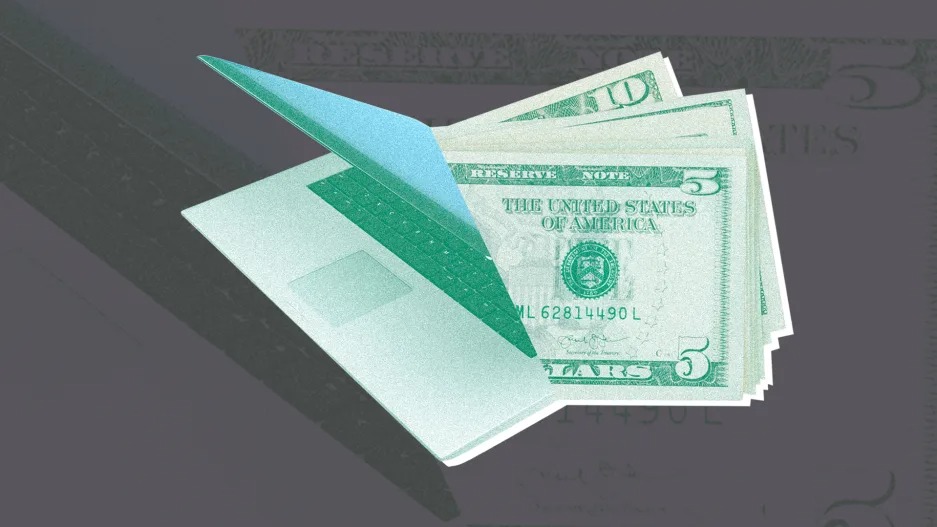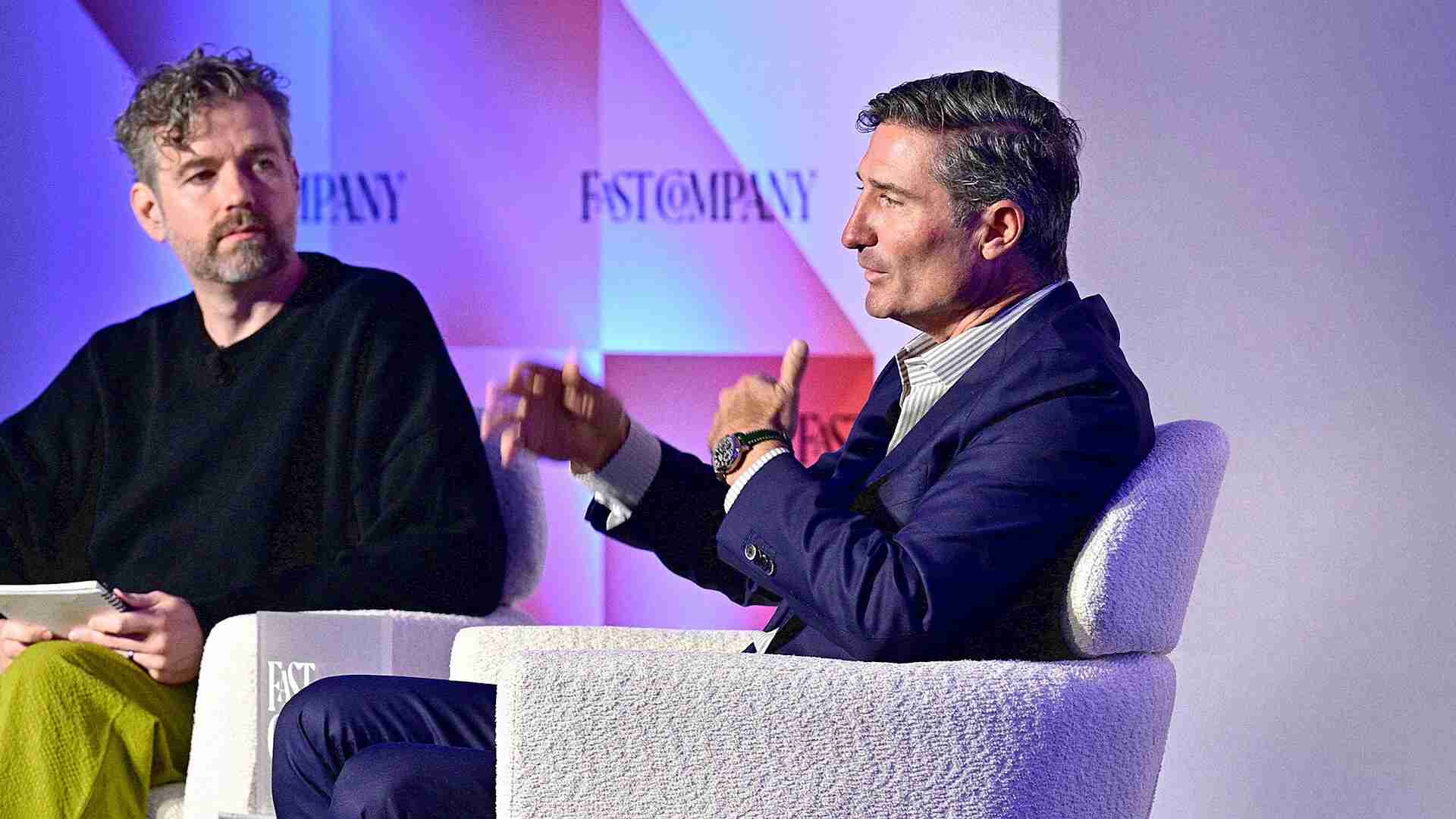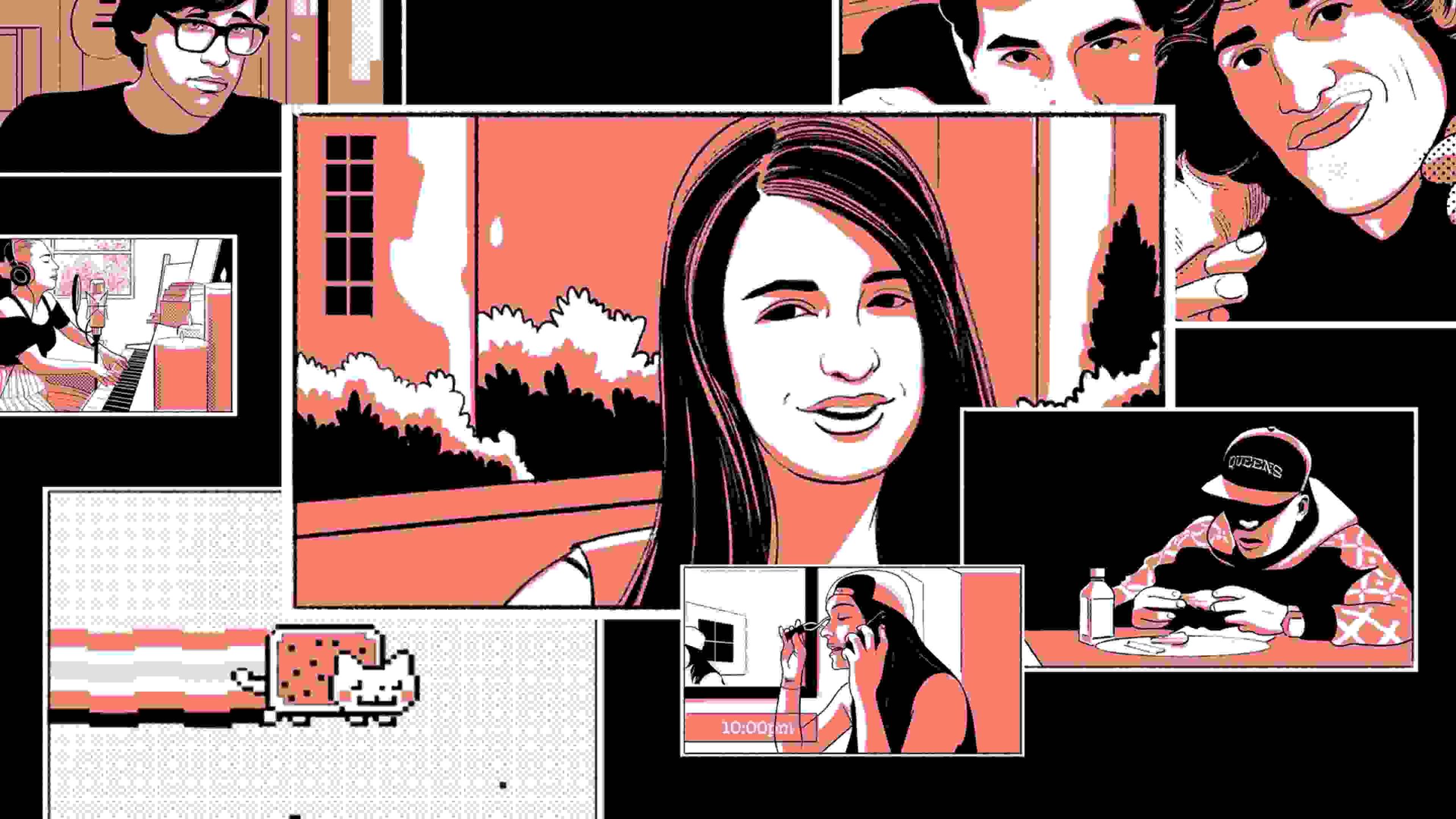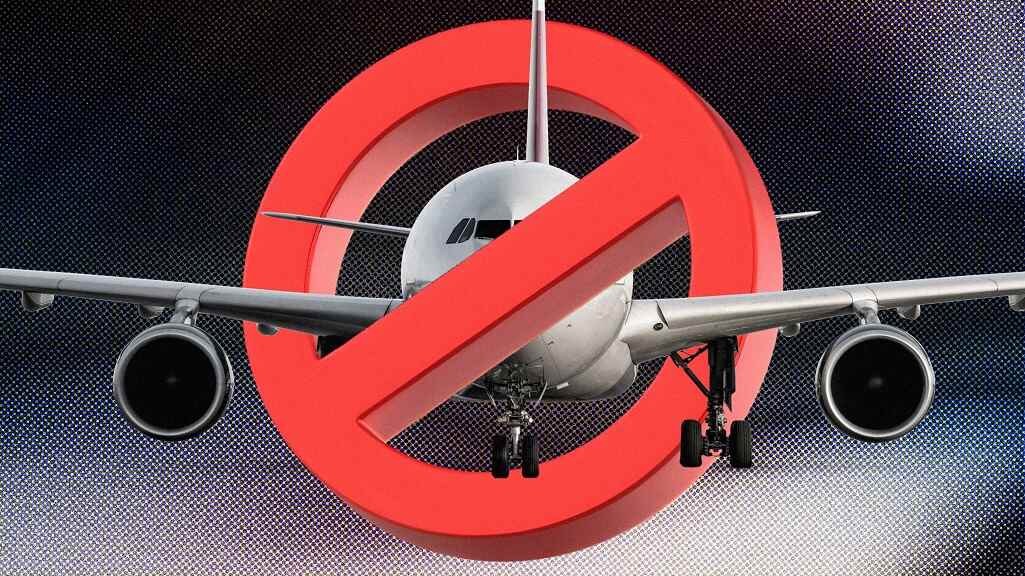- | 8:00 am
Tech companies to free users: Time to pay up
The age of generous free tiers is coming to an end.

You’re not imagining it: Tech companies are getting stingier.
Across the industry, companies have been dialing back the benefits of their free plans as they try to cut costs and boost paid subscriptions. Unless you start paying up, your video calls will run shorter, your home security cameras won’t work like they used to, and your ability to send marketing emails or social media posts will be limited.
To riff on Cory Doctorow’s terminology, let’s call it “enstingification.” After years of hoovering up users through generous free offerings, companies are cracking down on freeloaders. Instead of just making their paid subscriptions more attractive, they’re making their free tiers worse.
THE FREEMIUM SQUEEZE
Consider the following examples of reduced free functionality over the past year or so:
- Zoom limited 1:1 calls to 40 minutes for free users last July, matching the limit that already applied to group chats.
- Mailchimp cut back its free tier to 500 contacts and 2,500 monthly emails last August, down from a previous limit of 2,000 contacts and 10,000 emails. It further reduced the limit to 1,000 emails per month in March.
- Otter.ai slashed free monthly transcriptions from 600 minutes to 300 minutes last September.
- Amazon’s Ring locked several previously-free features behind a paywall in March, including Home and Away modes for its cameras and the ability to arm alarm systems with the Ring app or Alexa.
- Amazon has also started experimenting with a $1 fee for returns through UPS stores.
- Arlo took away free cloud storage in January for users whose home security cameras are more than four years old. It previously offered seven days of recordings without a subscription.
- Reddit will soon require third-party app developers to pay for API access. Popular Reddit clients such as Apollo and Sync will likely need to charge subscription fees as a result.
- Peacock discontinued its free streaming tier for new users in January.
- Vowel, a videoconferencing upstart, cut free meeting lengths from 50 minutes to 40 minutes in February. It also reduced the window to view previous meetings from 14 days to 7 days for nonpaying users.
- Pixlr E, a free Photoshop alternative, set a daily limit on how many times users can save their files without a subscription in January.
- Hootsuite, a social media management service, eliminated its free tier at the end of March.
- Later, another social media tool, cut its free tier from 30 monthly posts per profile to 10 posts that same month.
In some cases, paid subscribers are seeing cutbacks as well. Amazon, for instance, eliminated the $3 per month subscription tier for its Eero routers in October. Users must now pay $10 per month to get certain advanced features as part of a bigger bundle of services. Warner Bros. Discovery, meanwhile, has been pulling content from HBO Max and putting it onto free streaming services, where it can make extra money through ads. Other streaming services may be preparing to do the same.
THE SEARCH FOR MORE MONEY
Why are so many companies now tightening up their free tiers? Sid Jain, a senior research analyst for ChartMogul, says it’s because companies have hit a saturation point in new business after a surge in growth during the pandemic.
“There’s a maturity curve, where everyone who wanted this software now knows and has adopted it, and there are no new users for them to sell to,” he says.
Data from ChartMogul shows that B2B companies saw 41.2% revenue growth on average in 2019, and 42.8% in 2020. Growth rates have since fallen to 27.1% over the last year.
Meanwhile, those companies are seeing less money flow in from new customers. In 2020, 67.5% of B2B companies’ revenue gains came from new business, and that figure has since fallen to 63.4% over the last 12 months.
“Rather than going into the market and looking for new customers, what companies are trying right now is find a way to monetize the existing customer base and cash in on this low-hanging fruit,” he says.
SUBSCRIPTIONS HAVE WON
There’s also a subtler reason for why companies are cracking down: They no longer need to prove themselves to a skeptical audience.
John Santoro, an analyst for Gartner, notes that in the early days of software as a service, providers had to compete with well-established companies that sold software with onetime, up-front prices. Offering generous free tiers was a way to start winning customers over, especially for small companies with no connections or brand recognition.
“When you’re a small company, you might say, ‘I’ve got no choice, no one’s ever going to use my product unless I basically give it away,’” Santoro says.
That in turn led to a democratization of technology providers and a glut of free offerings. Now, those companies are looking to cut costs amid fear of a recession, and they’re betting that customers will pay up. Santoro says this was bound to happen as the subscription business model matured.
“Subscription looked great compared to big up-front costs, but everybody knew that somewhere down the line . . . we would have paid more over time with a subscription than we would with up-front pricing,” Santoro says. “We’re kind of there now.”








































